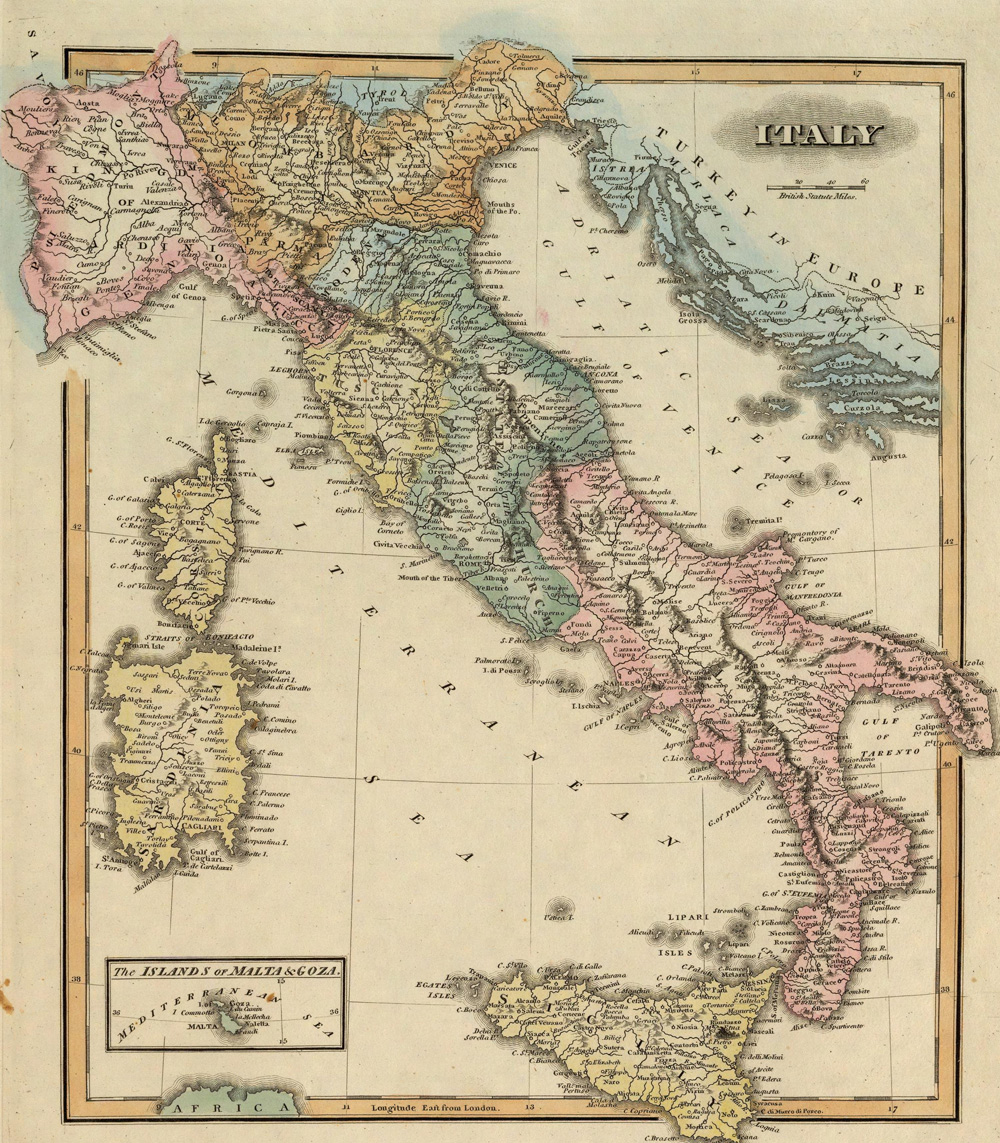Sign up for the Family Tree Newsletter! Plus, you’ll receive our 10 Essential Genealogy Research Forms PDF as a special thank you.
Get Your Free Genealogy Forms
"*" indicates required fields
Before plunging into records of the old country, you need as much information as possible about your immigrant ancestors in America. Use home sources and census, vital and church records to find the immigrant’s full name (his original Italian moniker, rather than a name he may have adopted in America), birth date (at least a year) and place, arrival date and family members’ names. Learn women’s maiden names, which Italian record-keepers used on civil records and other legal documents such as immigration passenger lists. (That means it won’t be difficult to trace female ancestors or distinguish one Maria from another.) The more you know, the easier it’ll be to make a positive ID in Italy.
Once you’re ready to tackle Italian research, civil records (stato civile) of births, marriages and deaths are your best bet — they’re the most readily available Italian record group on this side of the pond. And you may be able to reconstruct whole families in one fell swoop: One document often lists two or three generations. For example, birth records (atto di nascita) typically name the baby, father, mother and both grandfathers. Sometimes record-keepers added information in the margins about the child’s marriage or death, including the date, volume and record number for the event.

ADVERTISEMENT
Through the wonders of microfilming, the Church of Jesus Christ of Latter-day Saints’ Family History Library (FHL) <www.familysearch.org> has made many Italian vital records available to genealogists. Typically, you’ll find the civil vital records for Southern regions filmed for 1809 to 1910, and for Sicily from about 1820 on. Time periods vary for filmed records from northern and central Italy, so check the FHL catalog. Record-keeping there began between 1806 and 1815, but some areas of the north discontinued civil records after 1815 and didn’t resume until 1870. Central Italy kept records beginning in 1808.
You’ll need to know your ancestor’s hometown — in Italy, civil records are held at the town level in archivio comunale (town archives), and that’s also how the FHL organizes them. They’re not online, but you can view the microfilm at your local FHL branch Family History Center (FHC). Go to the FHL’s online catalog and do a place search for your ancestral village to see what records the church has filmed. (Be sure you have the spelling right — check an Italian road atlas or map.)
Civil records usually have one volume per year; most volumes have indexes. You also might find an index volume covering 10 years. Italian records are on 16 mm film — which is nearly impossible to read without high magnification, so you’ll need to view them on a high-magnification microfilm reader. Ask whether your FHC has one before you order the films. If you’re planning a trip to the FHL in Salt Lake City, call ahead to request that the films you need be made available — sometimes the library keeps less-in-demand films in storage.
ADVERTISEMENT
If the FHL hasn’t microfilmed your ancestor’s records, try writing to the town’s office of vital records (Ufficio di Stato Civile). You’ll find letter-writing tips and translations at <www.virtualitalia.com/gene/request_from_italy.shtml>, and handy genealogical phrases in Lynn Nelson’s book. Find out what province your ancestral town is in using a map or gazetteer. To get the postal code, or CAP, go to <www.comuni-italiani.it> (the site’s in Italian) and click on the province for a list of its towns. Click on the town and look under Codici for the CAP.
Address your letter to:
Ufficio di Stato CivileComune di [name of town][postal code] [province] Italia
ADVERTISEMENT





